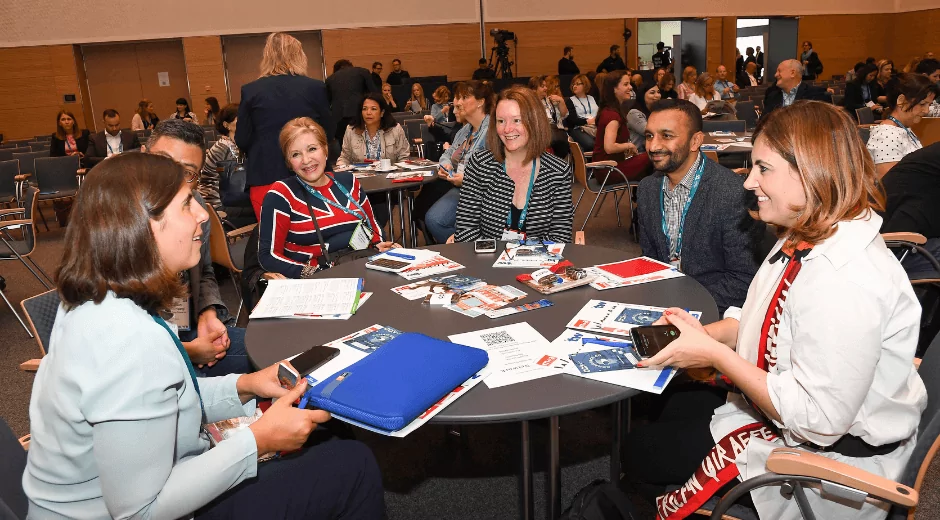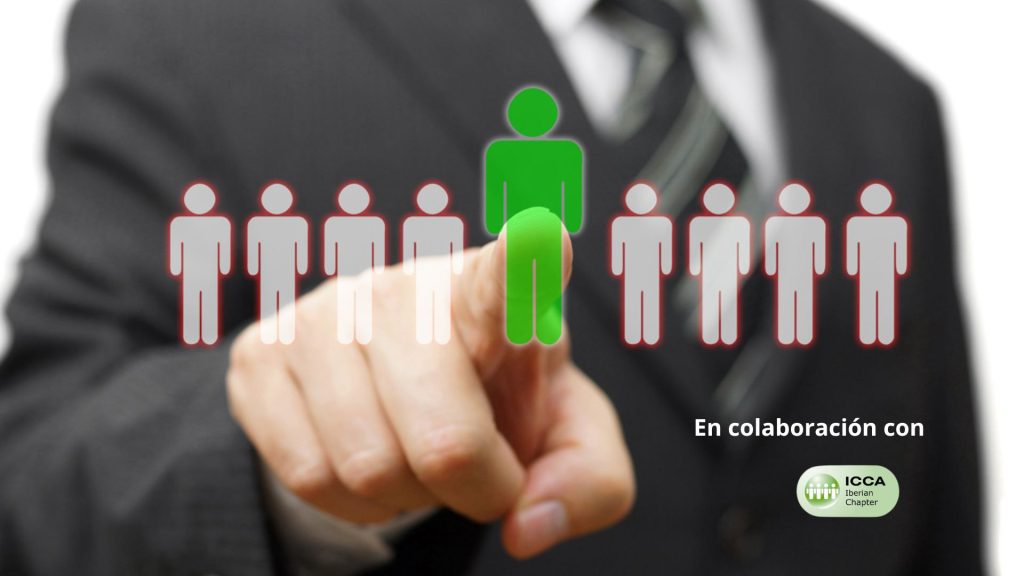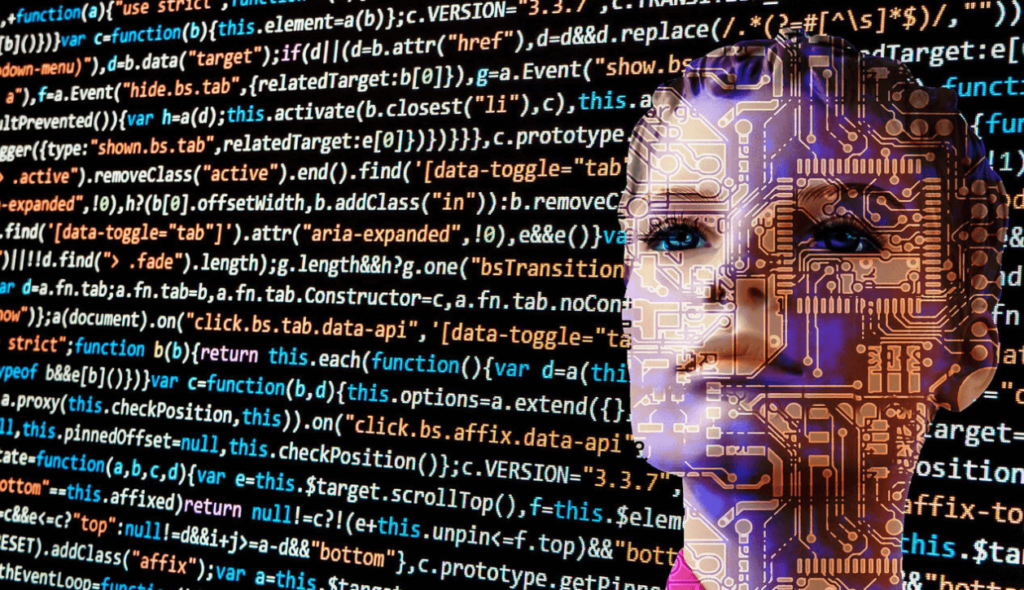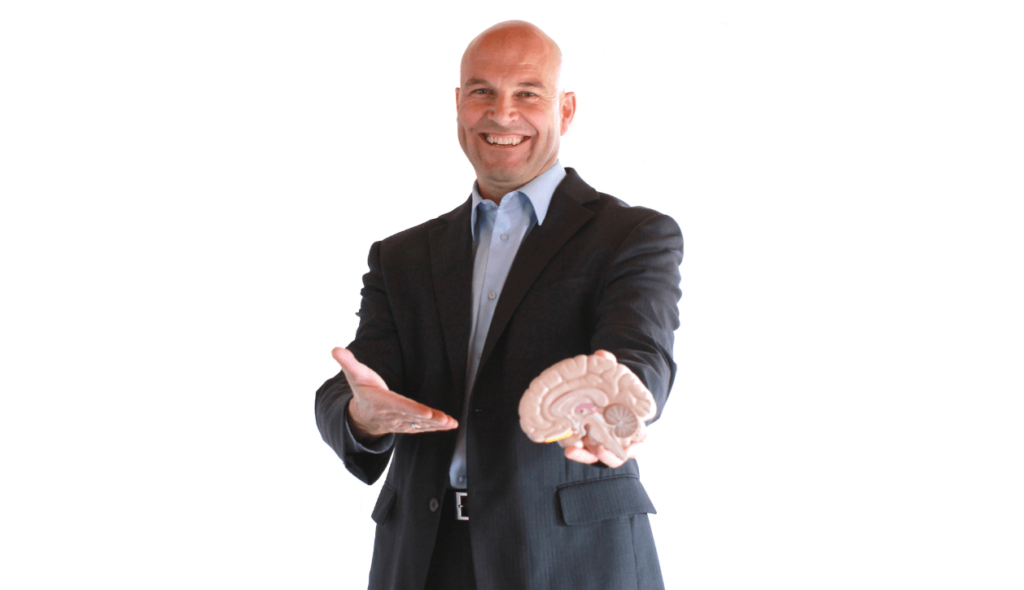Visualise your next event, and make it more effective and stress-free
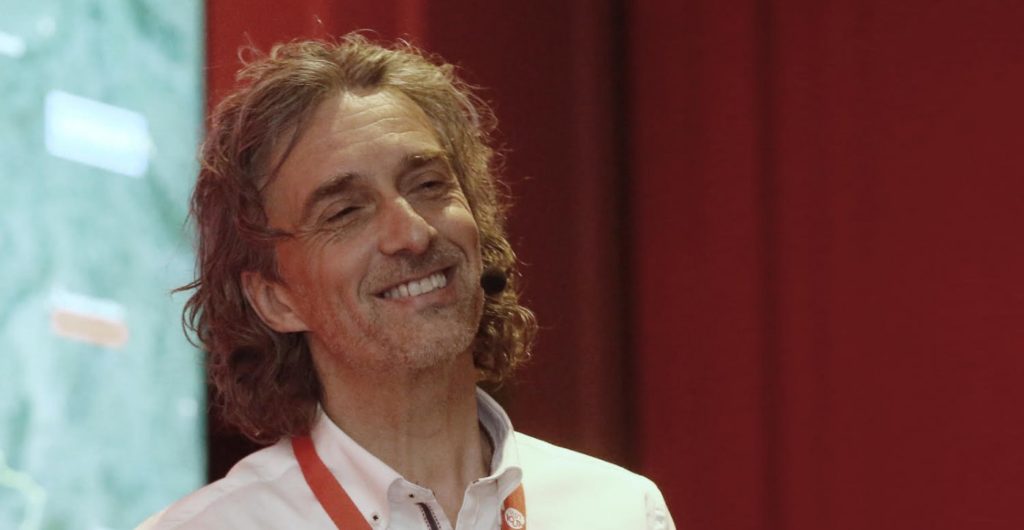
Share news
Listen
It starts with Steve’s own experience: “when I plan a 3-day event, I lay down in the morning on my bed and focus on something which I think may be a problem in the upcoming day. It can be a special dinner, a presentation, anything. I visualise this part of the event, how it will go in detail and how to make it successful; but also what can go wrong and how to manage it. Then I get up and I write it down”. This includes decisions, changes in the event, briefings to the rest of the team so as to make this vision a reality.
He summarises his learnings in three key points:
Use mental training and visualisation. Sportsmen use this technique of visualising for three things: their motivation, their training and practice, and finally for the competition itself. Management in general, and event planning in particular, is something in which you can’t fully rehearse: you have to define what you want to happen, then when the moment comes, things will always be a bit different and you will have to adapt to how things go “live”. When people come to the event, everything will be somehow different. Visualising, the way top athletes do, enables you to spot possible problems and to improve your event.
Use visualising to create and improve your event. Visualising enables you to make decisions. You can also use it to prepare yourself. You have a big event, you have to visualise many times and will feel that you have already lived this event. It is called focusing, mental repeating. You try to make new combinations visually. And when you have a clear idea, you write it down and see how to incline this to actions for your team.
Motivate yourself. If you manage a conference, all problems and questions come to you… and for sure there will be a lot of challenges or problems. So what do you do? You can focus on the problems… or rather, focus on everything you can improve and solve. At any moment, you can always focus on something positive or negative. If you put your focus on the negative, you can bring everyone down. If you visualise and prepare, you turn the energy into a winning one. Just like a sportsman would. Picture victory… and make it happen!
One key factor behind this method that we learnt from sports is the power of the brain over the body: if you do an exercise, your muscle becomes stronger (you knew that already…). But scientists found out that if you just imagine your exercising those muscles, they will also get stronger. The reason is that your brain is sending signals to the muscle, and the muscle gets ready. You make new connections in your brain by thinking, and this gets you readier. So if you visualise, you get your whole body and mind ready for the challenge. Our brain can easily be tricked. Did you know that about 80% of diseases are self-cured, thanks to the placebo effect? You can change the behavior of specific organs which usually are not controlled by the conscious brain.
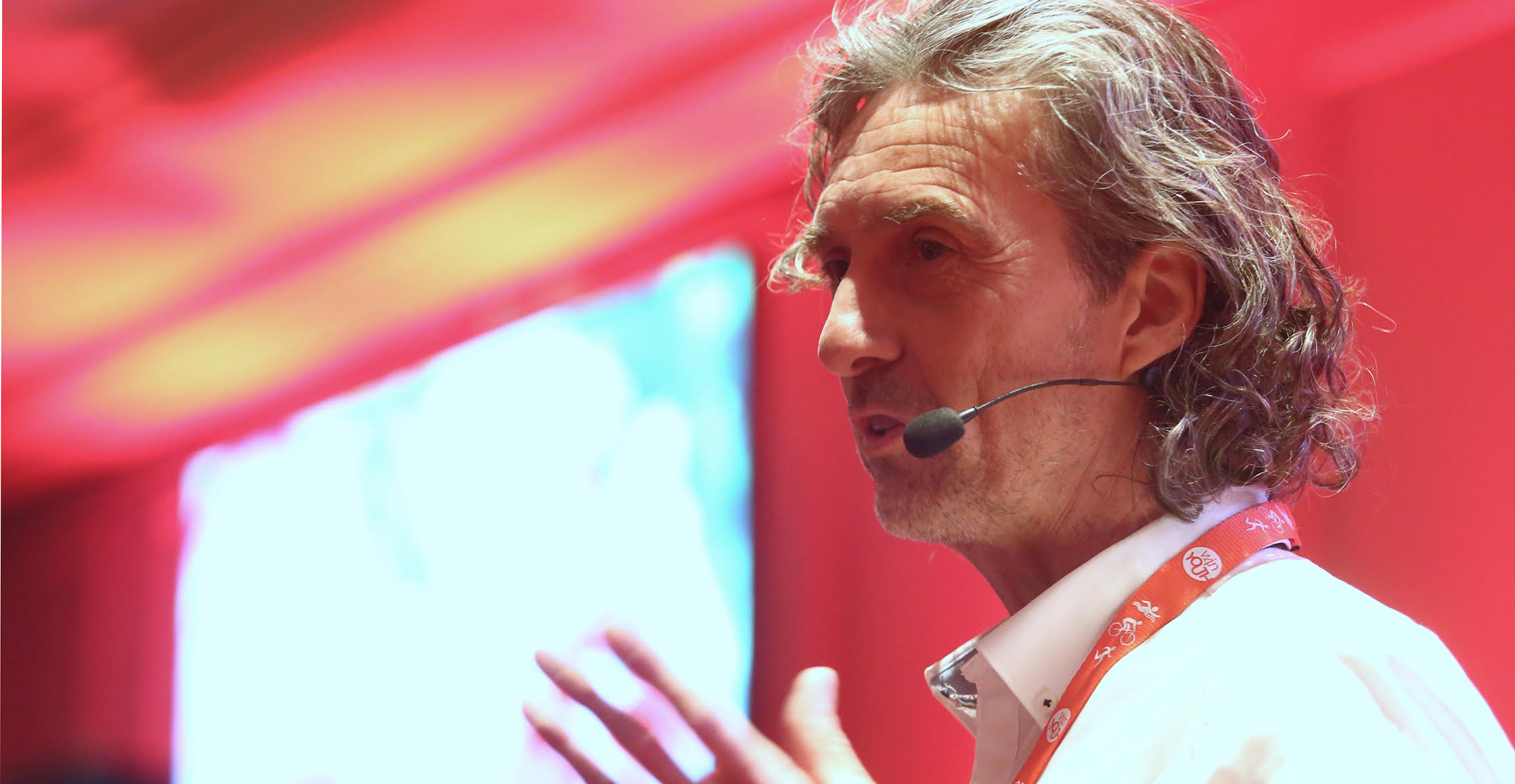
Finally, three tips to have an effective visualisation
Focus on the important. An event is a very complex set of actions. “I don’t spend time on all 150 pages of the script book” says Steve. Rather, focus on the important moments and possibly, the delicate ones.
Visualising is more than just being visual: you will see in your mind the event venue and the route of the attendees… but also it is an empathy exercise: see how they feel, understand their state of mind, fears, and possible reactions to all your event’s stimuli.
Take several perspectives. You have to visualise both as yourself (the organiser) and as an attendee, so as to understand both the experience and your work as an event planner.
This article has been written by the Grupo eventoplus according to its editorial criteria. Meliá is supporting this publication by associating its image and content as a reminder of its wide range of services for the MICE industry in Spain. |



